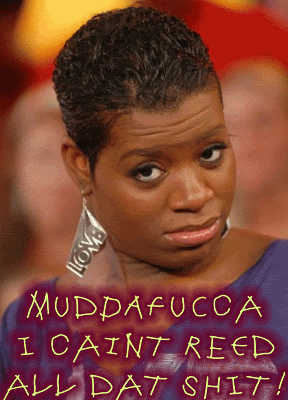
 |
 |
 |
 |
 |
 |
 |
 |
 |
|
|
#1 | |
|
Hold mah beer!
Join Date: Feb 2008
Location: 80 Miles South of Moto Heaven
Moto: 08 R1200GS
Posts: 23,268
|
Good post to start up conversation, more to come.
Quote:
|
|
|
|

|
|
|
#2 |
|
Chopstix / \
Join Date: Feb 2008
Location: Akron OH
Moto: 03 CBR RR
Posts: 5,350
|
if i didnt have to study for 3 tests tomorrow i'd be on that article like crabs in OSP's beard.
|
|
|

|
|
|
#3 |
|
The Man
Join Date: Feb 2008
Location: CrabTown USA
Moto: 00 Bimota DB4
Posts: 823
|
This is a great read...a little overly complicated, but describes the stages of bending into an apex and getting out.... a lot of people compare riding to flying, which it closly parallels as far as manuever initiation, planning, looking through the manuever, ect, except the motor skills are more gross at speed in one sense (like climbing all over the bike like a monkey when hanging off)and more subtle at others (like the applied but barely perceptible pressure on the inside bar when initiating a turn).
Good read. Thanks! |
|
|

|
|
|
#4 |
|
Ride Like an Asshole
Join Date: Feb 2008
Moto: nothing...
Posts: 11,254
|
|
|
|

|
|
|
#5 |
|
WERA White Plate
Join Date: Feb 2008
Location: Renton, WA
Moto: Ninja 650R
Posts: 1,920
|
Ugh. Hate it when people try to break down a feel into physics. Adrenaline doesn't translate! Teaching my little bro to snowboard is tough enough, and he knows heelside from toeside and nose from tail. Knowing you have to twist and lift doesn't mean you can make a smooth turn, and trying to analyze all the physics involved isn't going to make it happen any easier.
 Just this weekend I saw a dad yelling at his kid on the slope. The dad is on skis and the poor kid is trying to snowboard on horrible cross slope ripple. Kid couldn't have been more than 7 and it looked like his second time on a mountain. I wanted to run the old man over- only way to learn is by getting a feel and a lot of practice. Someone bitching "Turn it around, that's the front!! Now come HERE!!!" will not help. Kid should have been on the bunny slope- the mains were far too crowded for that shit. I can't believe that dad even knew the kid might ride goofy. Just this weekend I saw a dad yelling at his kid on the slope. The dad is on skis and the poor kid is trying to snowboard on horrible cross slope ripple. Kid couldn't have been more than 7 and it looked like his second time on a mountain. I wanted to run the old man over- only way to learn is by getting a feel and a lot of practice. Someone bitching "Turn it around, that's the front!! Now come HERE!!!" will not help. Kid should have been on the bunny slope- the mains were far too crowded for that shit. I can't believe that dad even knew the kid might ride goofy.
|
|
|

|
|
|
#6 |
|
Clit Commander
Join Date: Feb 2008
Location: Las Vegas
Moto: 2012 Ducati 1199 Panigale S
Posts: 4,189
|
It's easy to break it down to physics once you've been riding long enough. Sure, adrenaline is still there, but to be a good rider, you gotta be controlled under that adrenaline rush. Definately too complicated though. Does this post have tips to be a better rider or is it just a bunch of words complicating the process of braking, turning in and accelerating out?
__________________
Dress for the crash. Not the ride. 
|
|
|

|
|
|
#7 |
|
Hold mah beer!
Join Date: Feb 2008
Location: 80 Miles South of Moto Heaven
Moto: 08 R1200GS
Posts: 23,268
|
This is written buy a guy who has been riding the gap longer than most of us have been alive, raced a good bit as well. There is more to it as well.
|
|
|

|
|
|
#8 |
|
Clit Commander
Join Date: Feb 2008
Location: Las Vegas
Moto: 2012 Ducati 1199 Panigale S
Posts: 4,189
|
I think I would need a good night's sleep and a solid breakfast to have the patience to read and break down all that.
__________________
Dress for the crash. Not the ride. 
|
|
|

|
|
|
#9 | |
|
DefenderOfTheBuelliverse
 Join Date: Feb 2008
Location: Parts Unknown
Moto: Buell XB12R
Posts: 18,585
|

__________________
 Quote:
|
|
|
|

|
|
|
#10 | |
|
Hold mah beer!
Join Date: Feb 2008
Location: 80 Miles South of Moto Heaven
Moto: 08 R1200GS
Posts: 23,268
|
It continues:
Quote:
|
|
|
|

|
 |
| Bookmarks |
| Thread Tools | |
| Display Modes | |
|
|